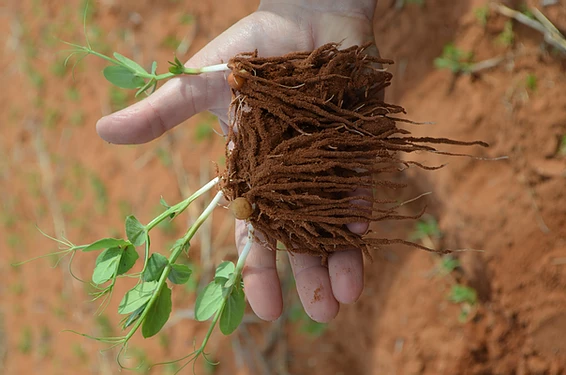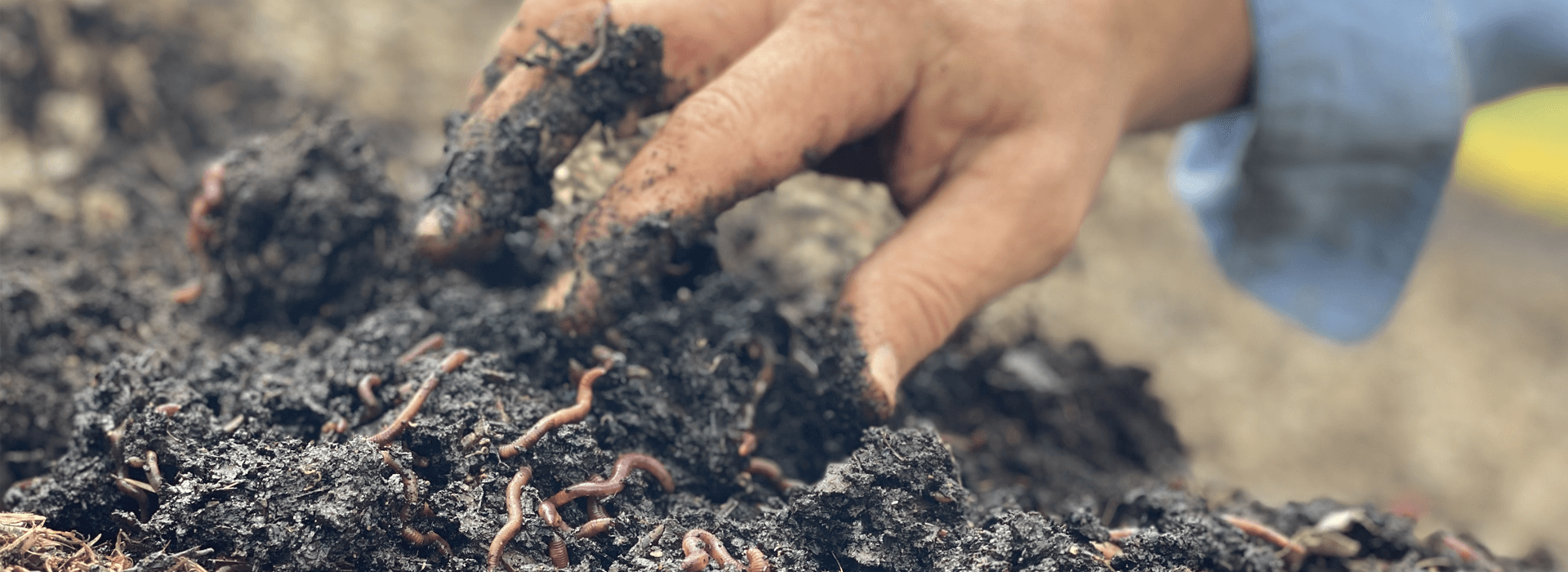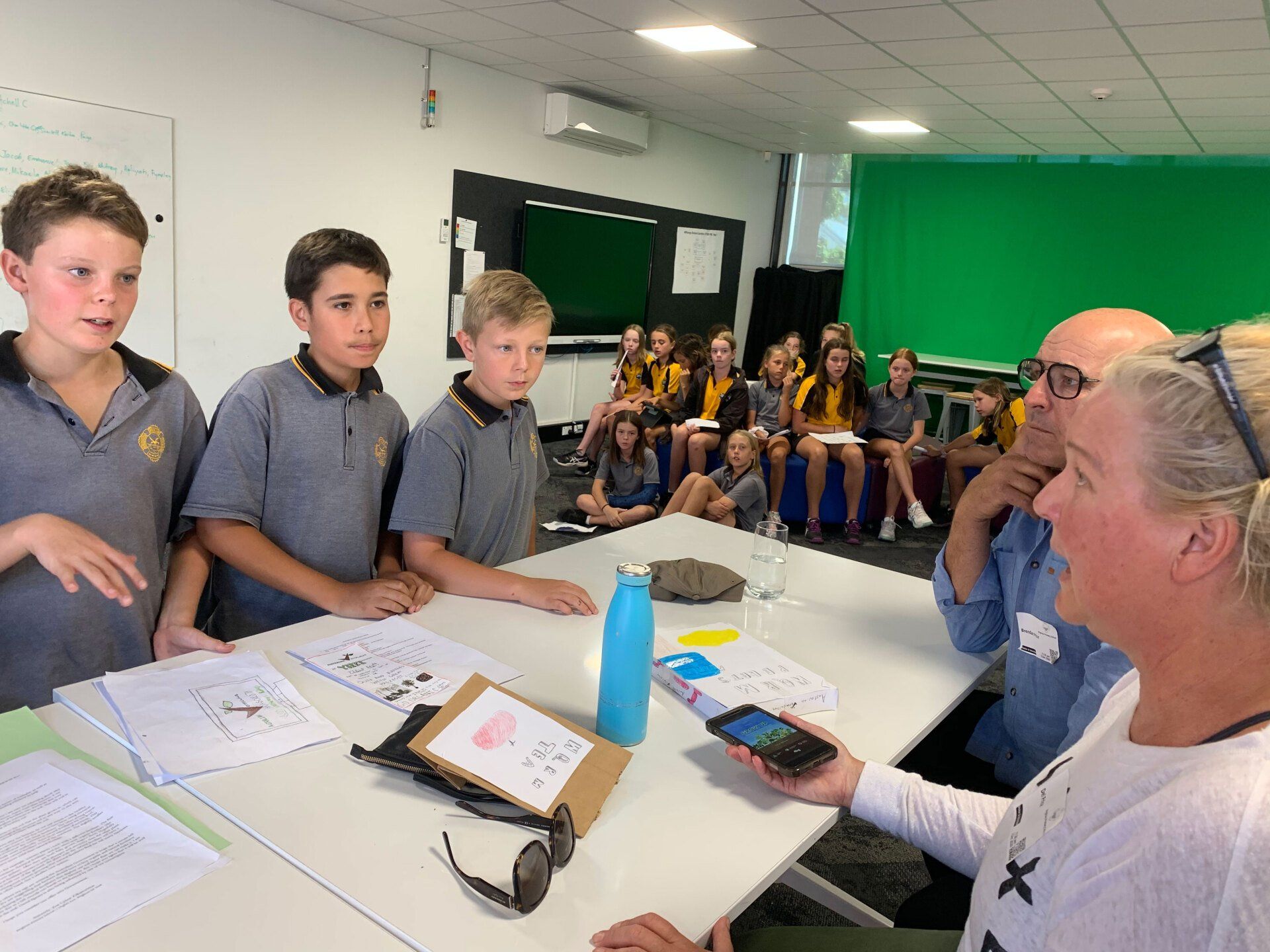From one farmer to another
At present we are using Australian Vermiculture's ProCast as our seed coating.
Don puts it on at 10kgs per ton seed ($9.50 T). The application is pretty raw....we measure it out into buckets (enough to do a truck load of seed), then just throw it on by hand as it’s going into the seed truck. We are intending to purchase an elevator which will make this process more mechanised. At present putting it through an auger causes a few blockages.
We also use phos-start (12% chelated phosphorous) as a seed coating as well. Don puts this on raw (not watered down) at 5 litres per ton of seed.($35.50 T, last years price) which he applies by spraying it on through the auger at the end of the grouper just before it goes into the airseeder. (see attached photo) It’s very sticky but once it’s dry it seems to be ok. Last year we used 6% phos-start which wasn’t as sticky.
At around 3 to 5 leaf stage we spray Australian vermiculture ProGro (we call it “the Juice”) at 5 litres per HA plus ($10.50 HA) 2 litres per HA Zinc sulphate ($2.80 HA).This is put out with the broad leaf spray program.
On some weaker areas we go back over it approx a month later with another 5 to 10 litres pro grow per HA (eg sandy hills or areas where skeleton weed has dominated.)
We are finding many changes in our soil (for the good) and have been able to eliminate fungicides and last season eliminated the use of pesticides on our peas. We did have some insect damage but it was minimal. Our soil PH has dropped from readings between 7.8 to 8.2 down to 6.8 to 7.1 within 4 years.
Our input costs are lower to receive the same or better yields as area averages, and no downgrades from small grain.
Protein levels have risen 1/2 to 1 %. Perhaps the biggest thing we have learnt is the use of pickle on the seed is very very detrimental to the microbiology in the soil (despite what agronomists advise).
Mycorrhizal fungi is probably the biggest alli in the soil that we have. It expands and gives 10 times the root surface area and is responsible for nutrient exchange to the plant. eg converts all nutrients to a plant available form, particularly phosphorous. The plant exchanges carbohydrates (which it produces through photosynthesis) with the mycorrhizal fungi to receive the nutrients.
If the seed is pickled it will take longer for the bacteria to break down the chemical (pickle) and for the mycorrhizal fungi to get established. Once mycorrhizal fungi and bacteria becomes dominate in the soil it protects the plant from root diseases (like ryzochtonia) and actually uses them as a food source. (Hard to believe but it’s true)
Last season we disconnected the gas system because we kept getting too many blockages, but didn’t notice any difference in yield. We aren’t against it...it just isn’t suiting what we are doing at present.
The other thing we have noticed is the seed germinates very quickly (usually out of the ground in 3 to 4 days) but then puts a lot of energy into root production before the plant takes off on the surface. Farmers crops that are sown using DAPs & MAPs etc look more vibrant etc for alot of the season, while the system we use just ticks along and grows with the conditions (not force fed) but then puts it’s energy into the head (which is what we want) with no small grain and a massive root system to supply it.
We have a lot of info here about soil biology and many other aspects of biological farming in general that we collated from many many hours of research etc that we are happy to share, some of it takes a bit of getting the head around but is very interesting.
peas approx 3 weeks after sowing, and comparisons of carbon powder (on right) verses pro cast on pea seed (3 weeks) below.
I hope this is informative for you and not too confusing or biased..... it is easy for me to start rambling on and forget about whether or not the person reading it can understand my rave on.
Let us know if there is anything else we can help you with.
Good luck for the season ahead.
Cheers
Carolin & Don Rankin




